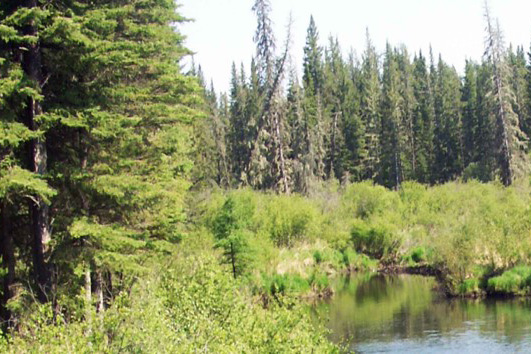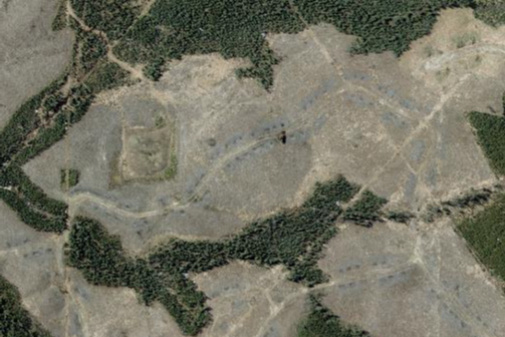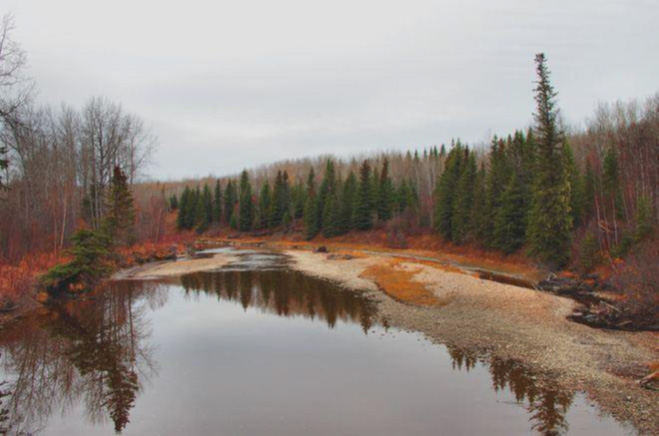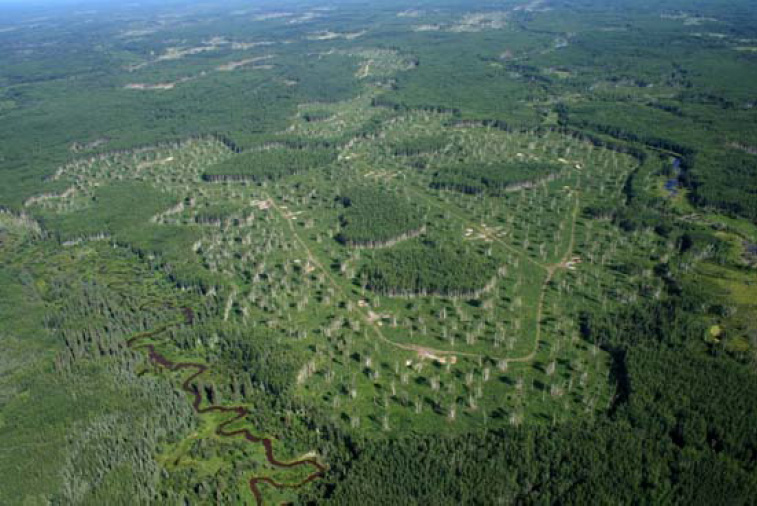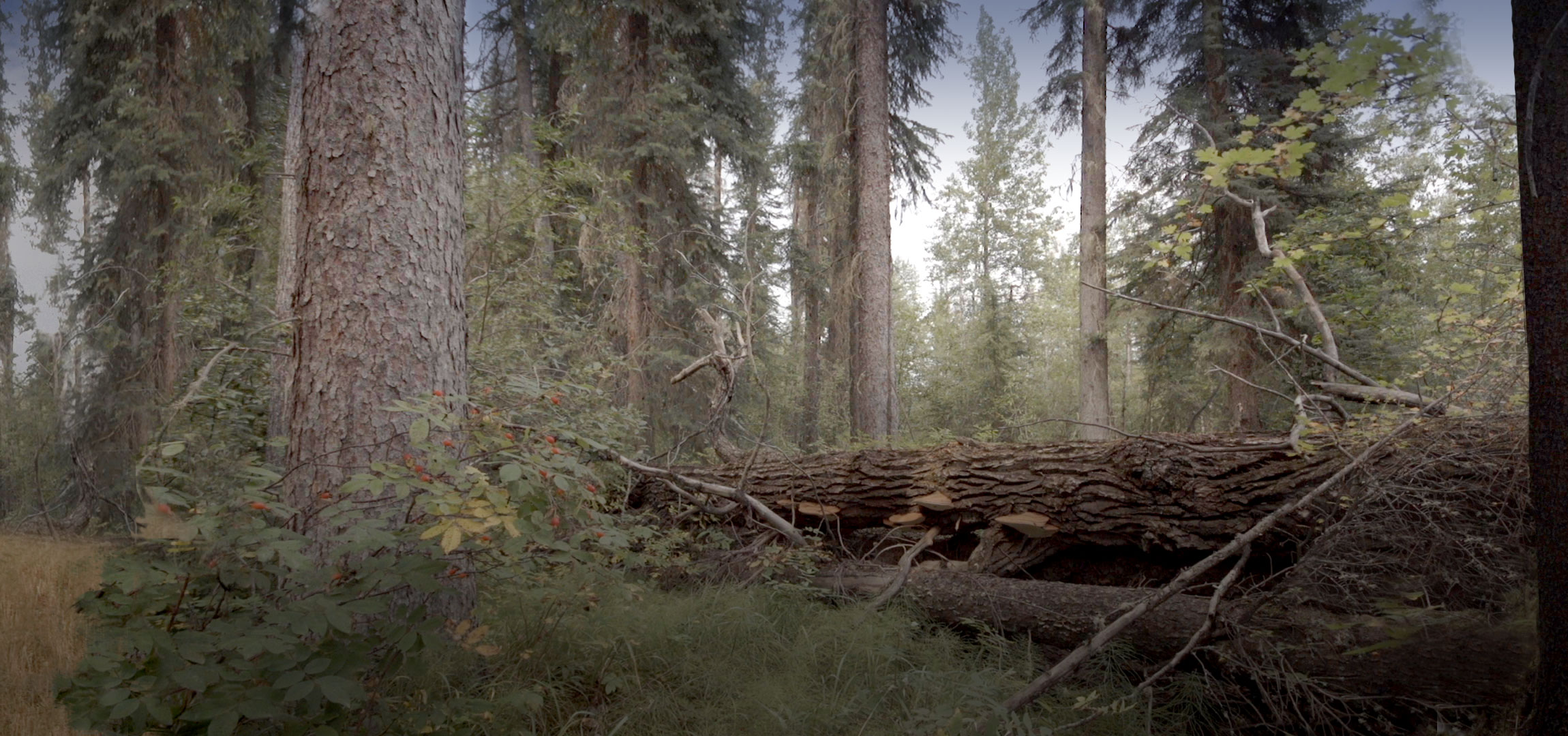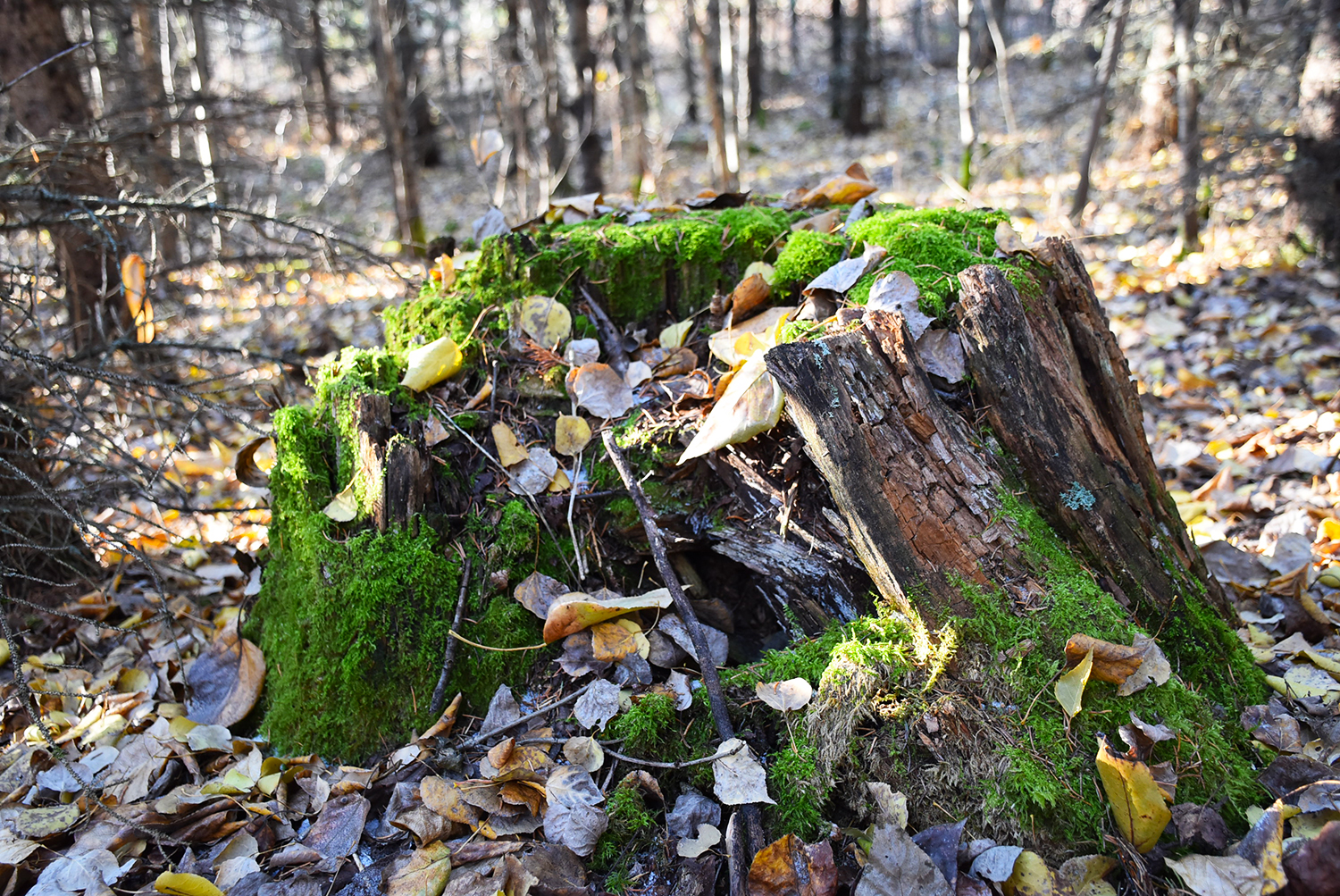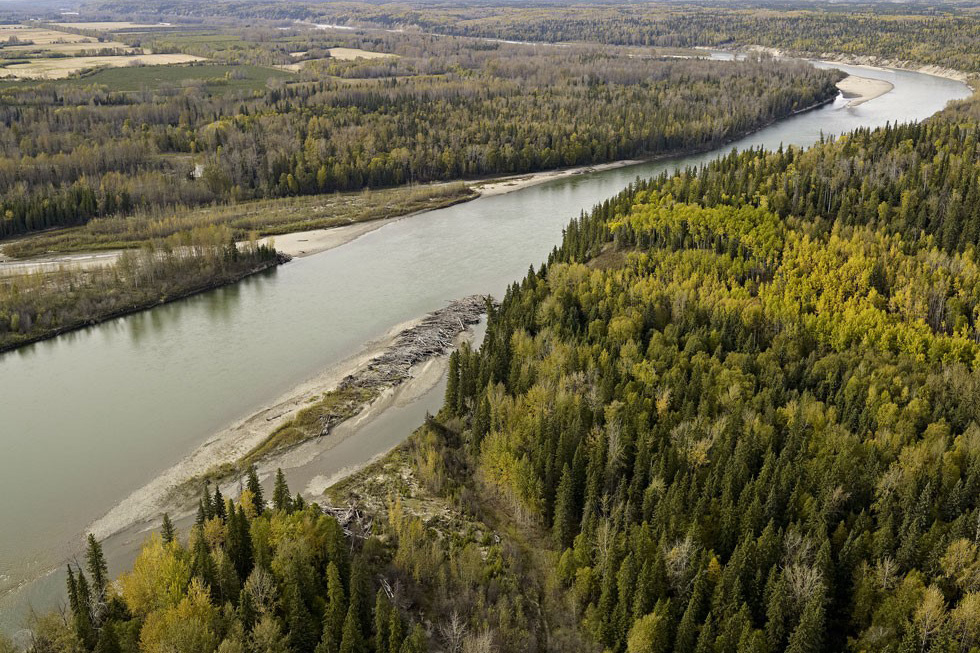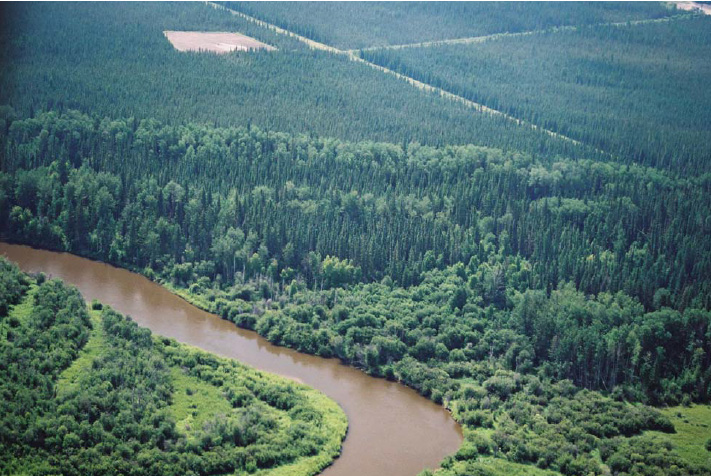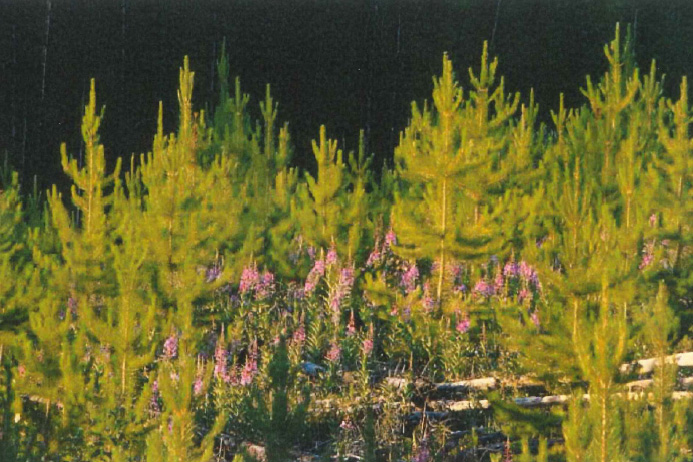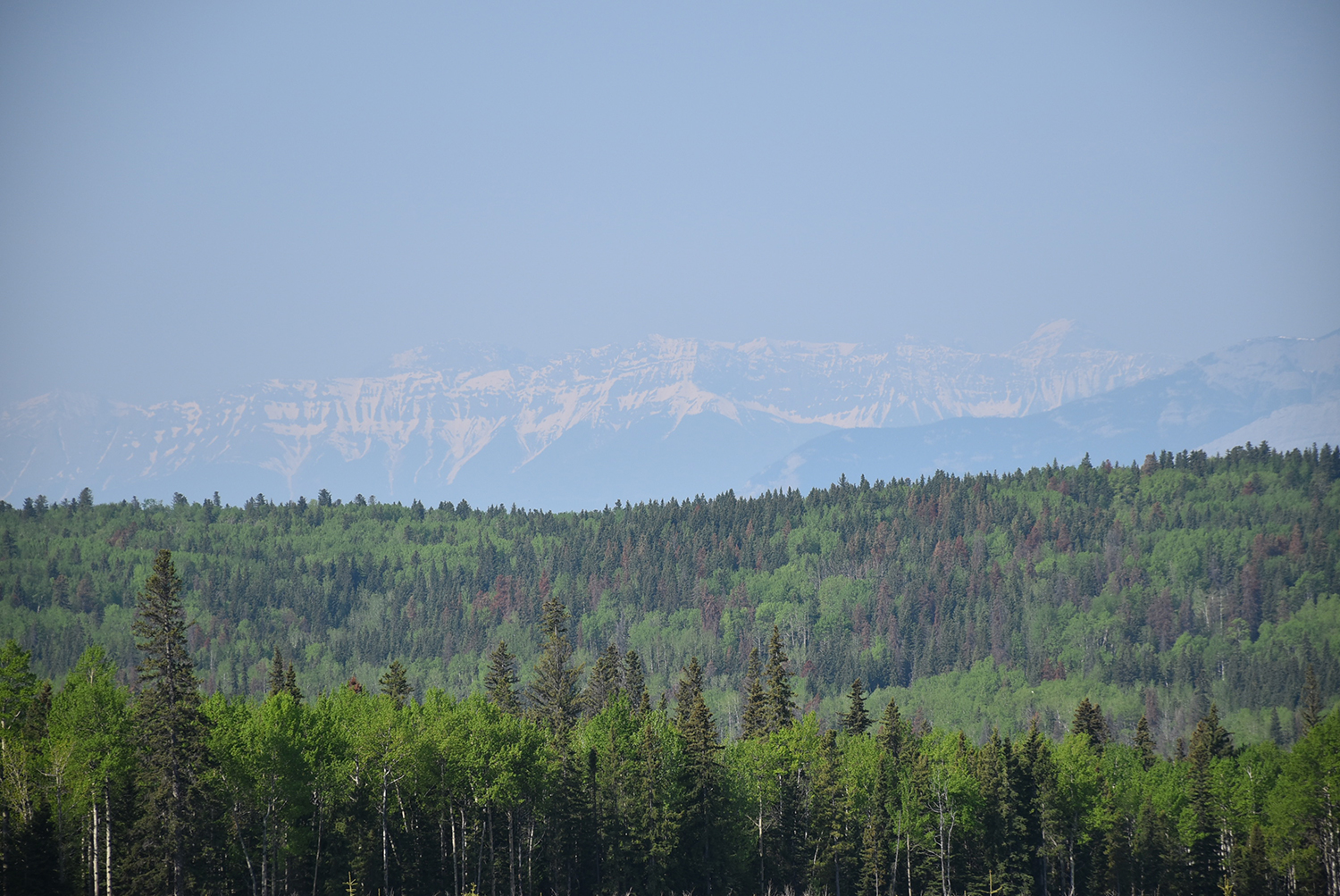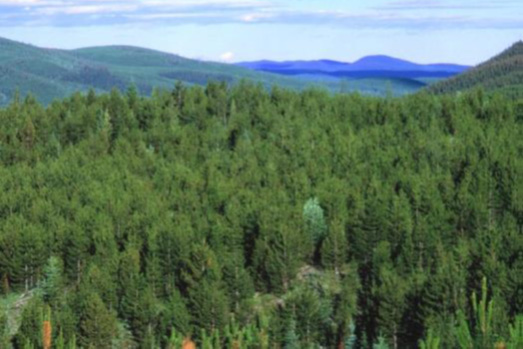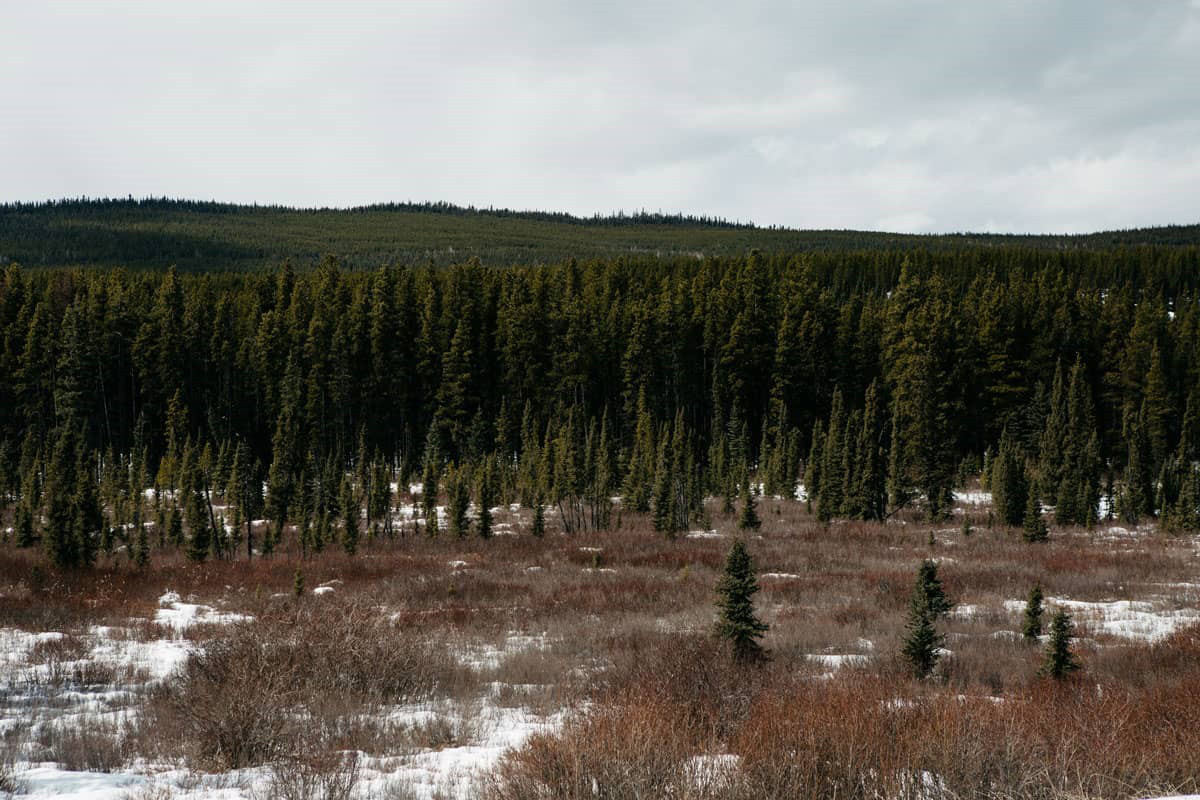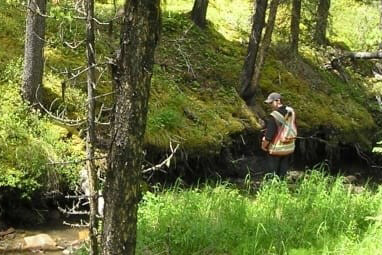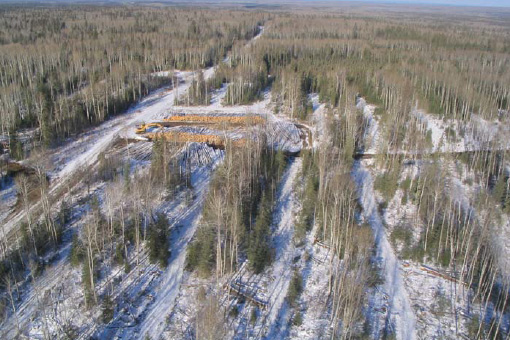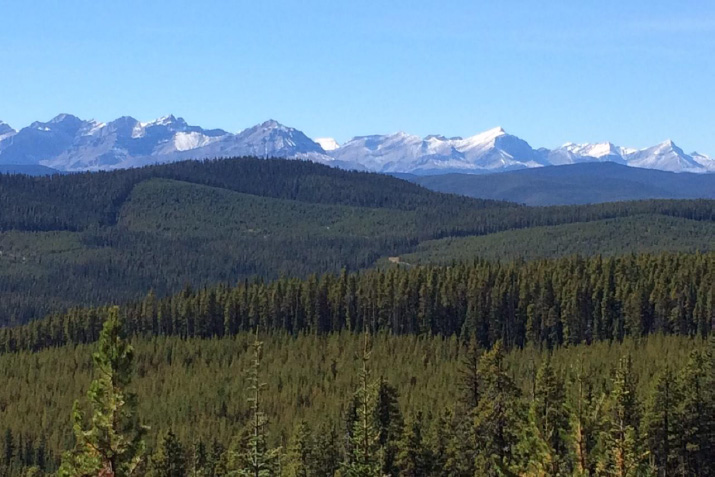This project was a spatial modelling exercise that created coarse-scale, pre-industrial landscape metrics for the Mistik Management FMA area in Saskatchewan. The primary goal was to understand if, or in what ways the current conditions of the FMA area align with the historical, pre-industrial “natural” range.
The results suggest that many parts of the landscape are now beyond its historical range. More specifically, the amount of both old and young forest are near or below the lower threshold of NRV, and the amount of immature and mature forest at or beyond the upper end of NRV.
Recent fire activity and forest harvesting likely contributed almost equally to the amount of young forest — although the total area disturbed from all sources in the last 40 years was still well below the pre-industrial median. The very high level of immature forest noted today is likely due to lack of timber management activities in these forests combined with some influence of fire control activities. The very low level of old forest observed today relative to that generated by the model is perhaps the greatest concern, but also raises the most questions. For example, the model did not account for the other insect, disease, and physical disturbance agents (many of which are age-dependent), or partial mortality from wildfire (which potentially complicates the definition of a seral-stage). Current condition estimates of age may have also been compromised by simplistic inventory sampling methods. There are enough unanswered questions as regards old forest levels to warrant further study before considering any significant altering of policies or practices.
In the end, there are multiple overlapping dynamics in play on this landscape that are relevant today. For example, the only reason the young seral stage is within NRV is a large area of unplanned and potentially costly wildfires. Going forward under a business as usual scenario, the amount of young forest will either drop well below the lower NRV threshold in the absence of fire, or stay within NRV, but only if a significant portion of the landscape (and its communities) experience costly wildfires.
This suggests that fire and forest management activities should be better integrated towards a shared goal of ecosystem health.







